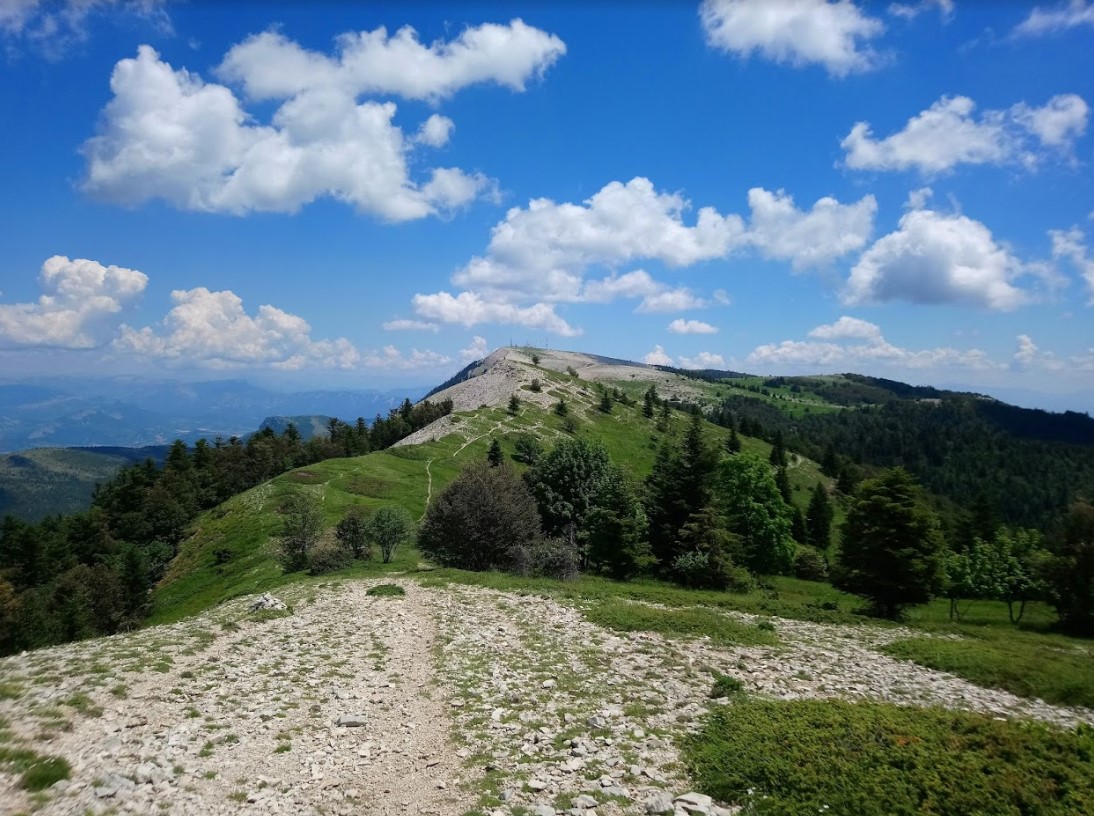Active adventure> Water, Earth, Air
Day 5: On the ridges of Lure

alt_route Stage 2 / Option 2 - Trail on the Crêtes de Lure
Lure results from a large tectonic movement contemporary with the Pyrenean folding (around - 65 million years ago). The entire Lure flank is a very thick mass of more or less hard limestone dating from the Lower Cretaceous. The ridges leave plenty of room for very white scree, called "broken plates".
These screes, also called “singing stones” also inspired the writer Jean Giono: “In the open sea, flat stones, sound like bells, reproduce the slightest noise; the jump of a cricket, the trot of a mouse, the slide of a viper, or the wind which takes support on these telluric springboards. »Jean Giono, "Ennemonde and other characters"
Learn more
Good masons know how to hear stones when they hit them, and they reject those which sound bad.
To hear "ringing clear", you have to use the large limestone slabs near the Lure ridge. The upper faces of the hard limestones attacked by the carbonic acid of the storm rains creak under the feet because small concretions of cullet are deposited there.
Depending on the location, the limestones sound soft, dull, cracked (rocks having frozen). Elsewhere the sounds are cascading. The scree, the flow of gravel and sand hissed. Mobiles of small, flat and long stones subjected to the wind of the crests become musical instruments. The wind modulates when guided by slabs and plant / stone assemblages produce astonishing random music.